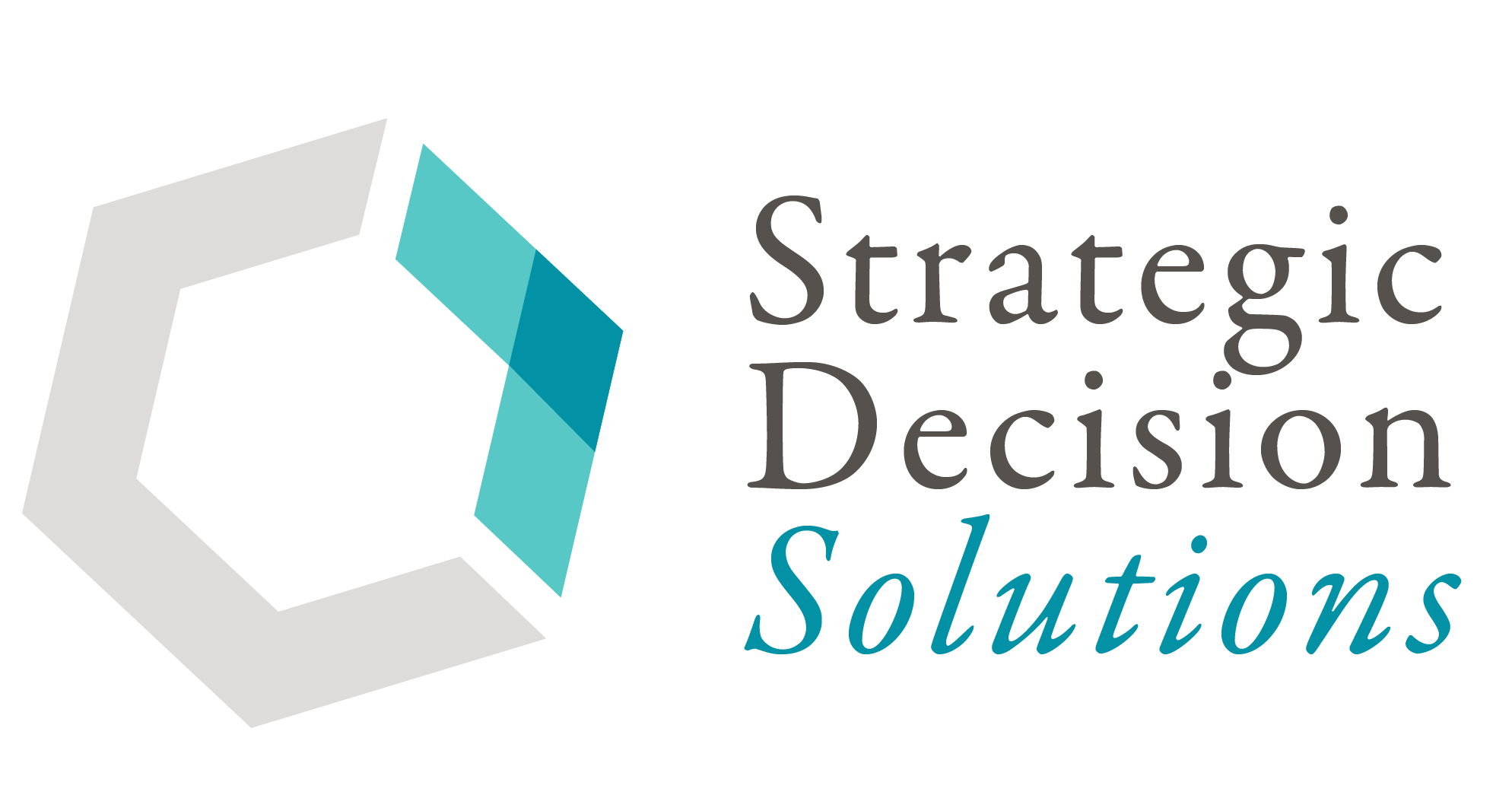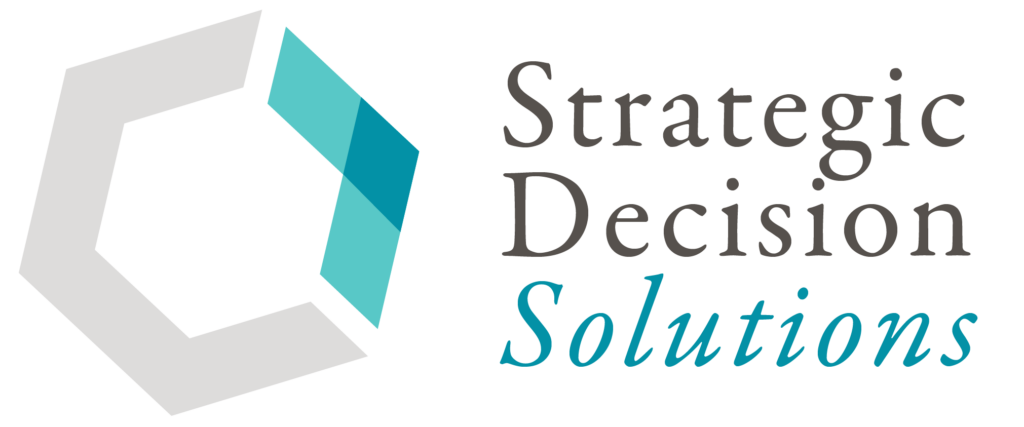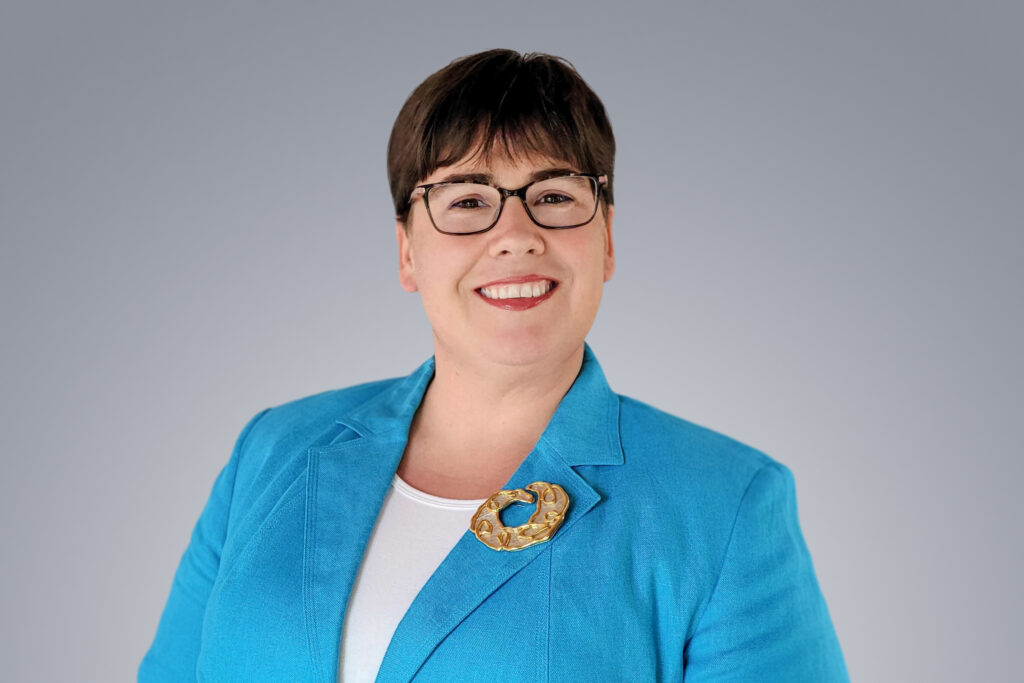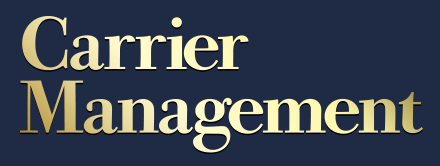Although strategic planning season usually doesn’t kick off until after Labor Day, the fact is executives are thinking about the company’s strategy both in the short- and long-term regardless of what the date on the calendar says.
It’s not just their job, it’s in their DNA.
As risk professionals, it’s our job to help executives in these situations sift through the noise to ensure that the goals they eventually set are both the right ones at the right time.
In pursuit of this ideal, value-add role, a risk manager should have an array of tools in their toolkit to draw upon. Some examples we’ve discussed in previous articles include strategic scenarios, the problem definition worksheet, the bow tie, root cause analysis, and more.
However, there’s one tool in particular that’s especially relevant for the situation referenced above – one that I’m a little embarrassed to not have written about before now – the PESTEL analysis.
This framework for identifying external factors and uncertainties that could impact the organization’s pursuit of its goals was developed in 1967 by Harvard professor Francis Aguilar in response to an increasingly complex business environment.
In the proper circumstances, a PESTEL analysis is one of several sources for obtaining information to drive decision-making.
Before getting into the different attributes of PESTEL, I want to make sure we’re clear about one thing. Although it is commonly referred to as PESTEL “analysis,” it is really a tool for identifying risks and opportunities originating from an organization’s external operating environment.
It is meant to be used as a future-facing, proactive tool rather than a rear-facing, reactive one, which is one of the biggest contrasts between traditional and enterprise risk management. Stated differently, risk management practices designed for achieving goals and ensuring success versus one designed for minimizing losses and preventing failure.
Failure to consider changes in the external environment is one of the reasons why goals and initiatives end up failing. Simply reacting to external crises as they occur ends up creating bigger issues than a missed goal.
Below is a quick breakdown of the different attributes of the PESTEL framework, plus a few generic questions that can apply to each one.
P – Political: consists of factors around national, state, or local authorities, specifically their policies and any changes that occur. This can include trade, tax, labor, and any other government policies that could impact, positively or negatively, the company achieving its goals or fulfilling its mission.
- Will changes in employment laws increase labor costs?
- How will reduced tax rates enable us to pursue potential acquisition opportunities?
E – Economic: consists of how macro-economic indicators like inflation rates, employment levels, disposable income, tax burdens, interest rates, and other related factors will impact the company.
- How does increasing raw material prices affect the demand for our final product(s)?
- How will our strategy be impacted by changing interest rates and access to credit markets?
S – Societal: considers the impact demographics, lifestyle and consumer preferences, education levels, and issues around work/life balance, among others, will have on the company’s goals.
- How should we approach customer service with a fast-growing, younger demographic?
- What impact does our reputation on social media have on our ability to attract, recruit, and retain skilled talent?
T – Technological: covers the impact of technological advancements and related issues. Specific examples can include artificial intelligence, automation, any R&D activity, cybersecurity, and more.
- How does a hacking incident for a competitor impact trust in our company?
- How can we leverage AI or RPA (robotic processing automation) to meet our goals faster and with less expense?
E – Environmental: focuses on the natural world or ‘environment,’ which is something that was not in the initial version of this framework. Examples can include weather, climate, sustainability, relevant laws, and general attitudes.
- Does our strategy have any benefits from a sustainability perspective that we can capitalize on?
- How does a forecasted active hurricane season impact our approach to pricing our products?
L – Legal (…or Legislative): consists of any relevant laws around discrimination, anti-trust, consumer protection, health and safety, copyrights, and more, as well as the regulatory bodies enforcing these laws. This can include court rulings, current laws, and prospective laws.
- What prospective laws or regulations will impact the company’s strategy?
- Will current regulators allow the company to complete a merger?
Prior articles where we’ve discussed these kinds of issues like inflation as a gray-rhino, threats to long-standing food brands, declining auto ownership, and the changing talent landscape.
It’s important to note that using a PESTEL is not about pigeon-holing something into one area. As you can see from this breakdown, it is possible for something like tax policy to fit in both the political, economic, and legal sections.
Instead, this helps people to see connections and how they interplay, ensuring the company is being comprehensive in its data gathering and eventual analysis. These trends can either create headwinds (resistance in the company’s ability to achieve goals), or they can create tailwinds that help.
Addressing issues identified in a PESTEL can also impact your company’s relationship with competitors, or as Hans Læssøe explains in his book Prepare to Dare:
“Any specific issue may be ‘good news’ or ‘bad news’ for you, but may also be ‘ideal’ or ‘devastating’ for your key competitors, which may change competitive balance in the market.”
Conducting this outside-in view of what could help or hinder strategic goal(s) requires information, which can come from several sources, including:
- Official economic reports or indicators like the Consumer Price Index (CPI).
- Industry-specific reports from trade groups.
- Topical reports (i.e. technical, legal, environmental, etc.) from one of the Big 4 consulting firms. Organizations like Deloitte, McKinsey, and Protiviti have the resources to do extensive research, with publicly available results on their website.
- News trends around areas relevant to your company and strategy.
- Internal or external counsel can provide insight into recent court cases.
- Third-party vendors can also provide valuable insights that may be missed by your organization.
It’s a common misconception that a company must have all the information. However, the reality is that any organization’s scope of knowledge will be limited, which is why you shouldn’t hesitate to reach out to third parties.
In general, as we suggest in other areas of the risk management process, you should not hesitate to obtain multiple sources and perspectives on a given subject.
It’s also important to note that nothing remains static, which is why a PESTEL should be revisited every year to make sure you’re bringing in the best thinking.
Getting a holistic view of your organization’s business conditions , strategic position, and options is a vital first step toward choosing the right strategic goals. The PESTEL is just one of several methods to help you do this quickly and efficiently – to ensure ERM is moving at the speed of business.
Have you used PESTEL to gain a 360-degree view of your company’s external operating environment?
Are there other tools you would recommend?
Please join the conversation on LinkedIn to share your thoughts.
If you or your company’s leaders would like to better understand its external operating environment to inform strategic decision-making but doesn’t know where to start, reach out to today to schedule a 1-on-1 to discuss your situation and how to achieve your desired outcome.







